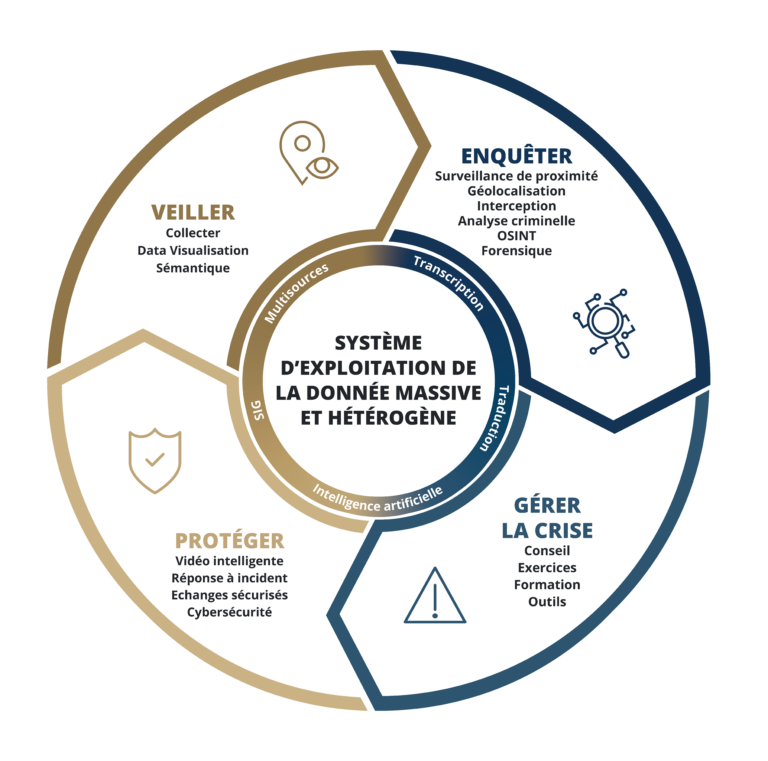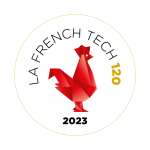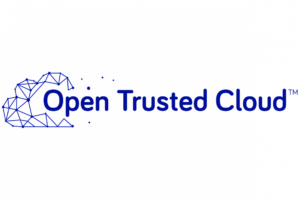Data • Sécurité • Défense
ChapsVision CyberGov, la branche cyber du groupe ChapsVision.
Nous construisons une solution souveraine de cyber intelligence et de cybersécurité, dédiée aux marchés de la défense, du renseignement et de la sécurité.











ChapsVision CyberGov a vu le jour car aucun acteur souverain n’était jusqu’ici capable de répondre de manière satisfaisante au besoin de créer de la valeur à partir de la donnée pour servir des cas d’usage spécifiques à la cyber intelligence et la cybersécurité.
ChapsVision CyberGov édite un système d’exploitation de la donnée à la fois ambitieux et souverain qui répond à ce besoin.
La puissance de la data et de l'innovation, au service de l'investigation numérique
Système d'Exploitation
de la data
Pour répondre à un besoin fort des organisations de capitaliser sur toute l’information disponible afin de la rendre facilement exploitable.
Enquêter
Gérer la crise
Veiller
Protéger
La sécurisation tant physique que virtuelle de vos biens et systèmes d’informations sensibles, fait face à de nombreuses menaces. Notre réponse logicielle et servicielle permet de diminuer largement votre exposition aux risques de sûreté et de cybersécurité.
Système d'Exploitation
de la data
Enquêter
gérer
la crise
Pour répondre à un besoin fort des organisations de capitaliser sur toute l’information disponible afin de la rendre facilement exploitable.
Face à une criminalité à la pointe des technologies, les forces de sécurité intérieure nécessitent de disposer du meilleur des outils et application répondant chaque étape des enquêteurs et de leurs missions.
Veiller
Protéger
DATA
L’analyse de données en masse est un enjeu stratégique des grandes organisations.
sécurité
Protéger les institutions des menaces qui visent à les déstabiliser, tel est notre objectif.
défense
Plusieurs techniques permettent de renforcer la mission régalienne de Défense.







